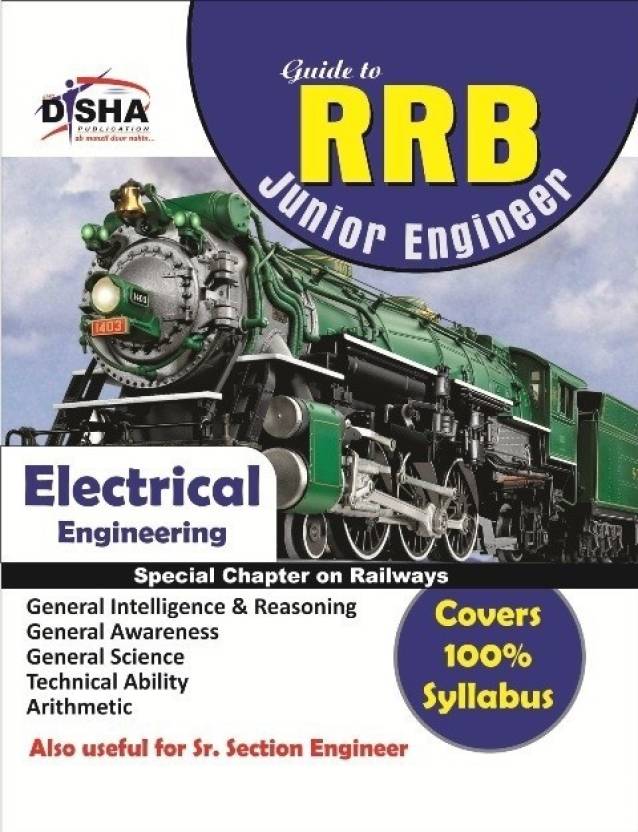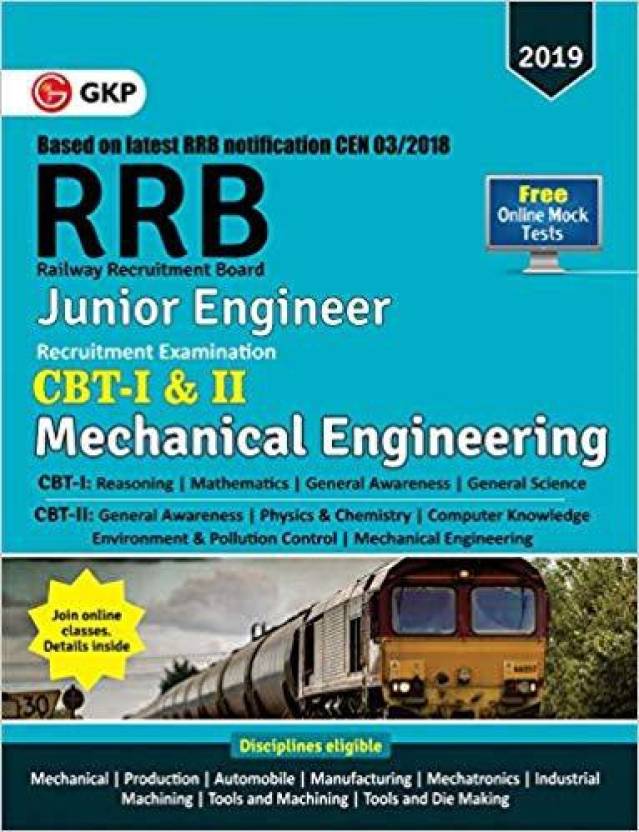 You want to get a job in Indian Railways through the RRB Junior Engineer (JE) exam. Since there are 13,487 vacancies for the Railway Junior Engineer exam, you must start your exam preparation with the right strategy and the best study material or Best Books for RRB JE Exam.
You want to get a job in Indian Railways through the RRB Junior Engineer (JE) exam. Since there are 13,487 vacancies for the Railway Junior Engineer exam, you must start your exam preparation with the right strategy and the best study material or Best Books for RRB JE Exam.
In this post we provide a list of books that are highly recommended by experts for RRB JE preparation. This will provide you that much needed extra edge over other applicants. Read this article to get the list of Best Books for RRB JE Exam and kick-start your preparation for the CBT (Computer Based Test) RRB Junior Engineer (JE).
Top 5 Best Books for RRB JE Exam 2019
Recommended Notes & Books for Junior Engineer
The list of Recommended Books for Mathematics, Reasoning, General Science and General Awareness.
A. Mathematics Books for RRB JE Exam preparation
| Name of Book | Author/ Publisher | CLICK HERE |
| Practice Book on Quicker Maths | M.Tyra, K.Kundan/ Magical Book Series |  |
| Quantitative Aptitude for Competitive Examinations | R.S Aggarwal/ S.Chand Publisher |  |
| Fast Track Objective Arithmetic | Rajesh Varma/ Arihant Publishers |  |
B. General Intelligence Reasoning Books for RRB JE Exam preparation
| Name of Book | Author/ Publisher | CLICK HERE |
| Test of Reasoning | Edgar Thorpe/ Pearson |  |
| A Modern Approach to Verbal & Non-Verbal Reasoning | R.S Aggarwal/ S.Chand Publisher |  |
C. General Science Books for RRB JE Exam preparation
| Name of Book | Publisher | CLICK HERE |
| Lucent’s General Knowledge (Science section) | Lucent Publication |  |
















